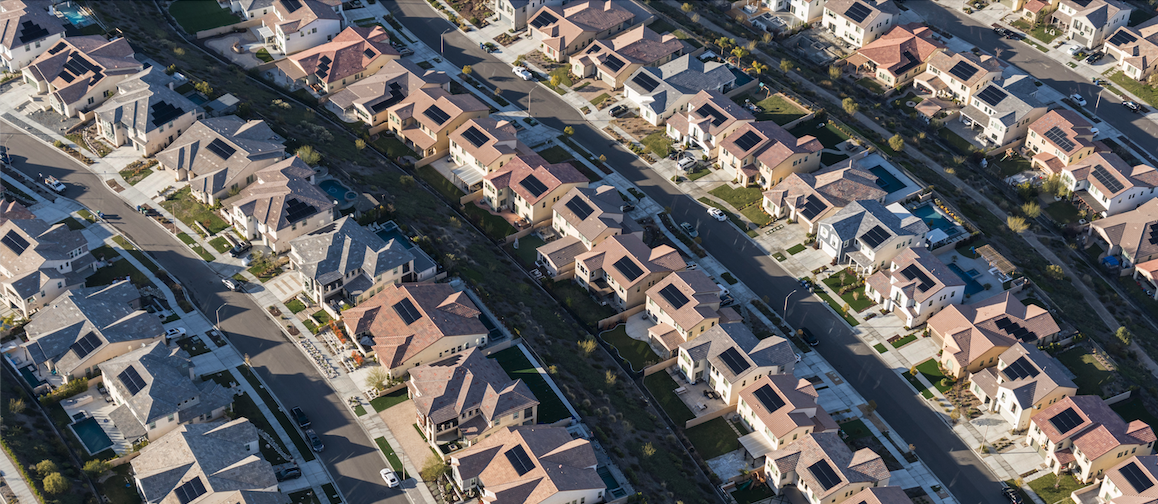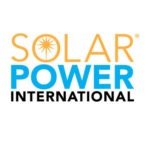
Switching to solar energy can feel like a dream for many families—lower bills, clean energy, and the satisfaction of reducing your carbon footprint. But for some, it’s a dream that feels out of reach, especially for low-income households and communities that have historically been overlooked when it comes to clean energy opportunities.
That’s where the Solar for All initiative comes in. Spearheaded by the Biden-Harris Administration, this program is all about bringing affordable solar energy to underserved communities, making the dream of renewable energy a reality for nearly a million households across the United States.
Here’s a breakdown of what Solar for All is and why it’s a game-changer.
What is Solar for All?
Solar for All is part of the larger Greenhouse Gas Reduction Fund (GGRF), established through the Inflation Reduction Act (IRA). The program has been given a hefty $7 billion budget with a clear mission:
- Expand Access to Solar: Provide affordable solar options for low-income and disadvantaged communities through rooftop and community solar projects.
- Lower Energy Bills: Help families save up to $400 a year on energy costs.
- Fight Climate Change: Cut down greenhouse gas emissions by boosting renewable energy use.
- Champion Environmental Justice: Focus on helping communities that have faced environmental challenges and energy inequities.
Where has Solar for All Been Implemented?
The 60 applications selected to receive awards include 49 state-level awards, six awards to Tribes, and five innovative multistate awards, spanning the entire country. You can find all 60 recipient organiziations here. All States, D.C., as well as Puerto Rico and other territories are participating.
How Does It Work?
Solar for All operates by funding state governments, Tribal organizations, nonprofits, and municipalities to roll out solar programs tailored to local needs. These programs aim to help households adopt solar power, either by installing panels on homes or participating in community solar projects.
Key Features:
- Community Solar Projects: Imagine a solar panel installation on an apartment building or a shared community space. The energy generated benefits multiple households, making clean energy accessible even if you don’t own a roof to put panels on.
- Private Solar: For single-family homes in disadvantaged areas, rooftop, balcony or garden installations offer direct savings on electricity bills.
- Green Jobs: The initiative also focuses on workforce development, creating training programs for solar installation and maintenance jobs within local communities.
Who Benefits?
The program is aimed squarely at low-income households and communities that have traditionally faced higher energy costs and environmental burdens. Households earning less than 80% of the Area Median Income (AMI) are prioritized, ensuring that those who need the most help get it.
States and Tribal governments are also eligible to apply for funds, which they can use to design and implement solar programs tailored to their regions.
What’s the Impact?
The numbers speak for themselves:
- 900,000 households will benefit from affordable solar energy.
- Over $350 million in savings are expected annually for participating families.
- The initiative spans across 49 states, with programs varying from statewide solar rollouts to targeted community efforts.
For example:
- Illinois Solar for All focuses on environmental justice communities.
- North Carolina prioritizes solar for multifamily and low-income housing.
- Florida includes financing assistance for households interested in solar adoption.
Why This Matters
Solar for All isn’t just about solar panels—it’s about leveling the playing field. For too long, clean energy solutions have been out of reach for families who could benefit the most from lower energy bills and cleaner air. By putting solar power within reach of everyone, this program is helping to build a more equitable and sustainable future.
Not only does Solar for All make financial sense for families, but it also plays a critical role in combating climate change and boosting local economies through green jobs.
How Can You Get Involved?
If you’re interested in learning more or seeing if your community is eligible, the EPA’s Solar for All Program page is a great place to start. Whether you’re a homeowner, renter, or part of a community organization, there’s likely a way to benefit from or support this initiative.
Final Thoughts
Solar for All is about breaking down barriers and ensuring that clean energy isn’t just for a select few—it’s for everyone. Whether it’s lowering your energy bills, reducing your carbon footprint, or creating new job opportunities in your community, this program is lighting the way to a brighter, more sustainable future.
Let’s make solar energy a win for all. ?













